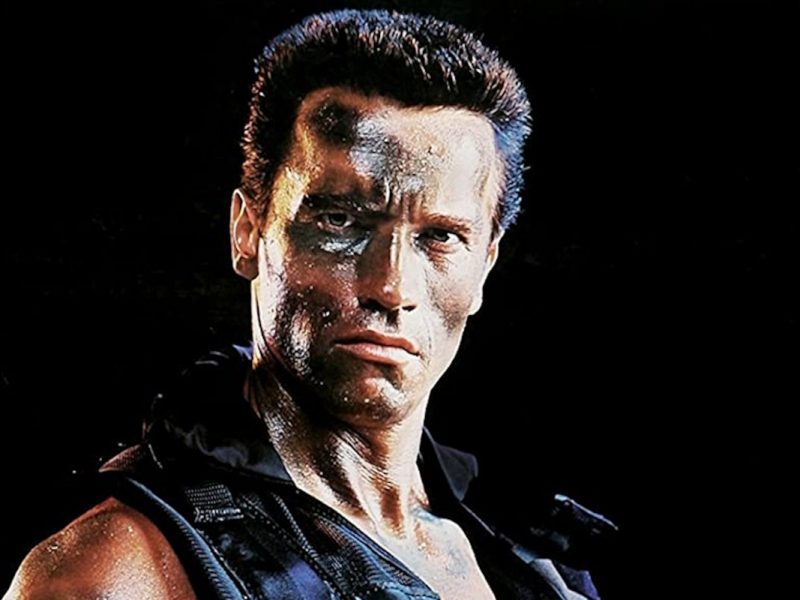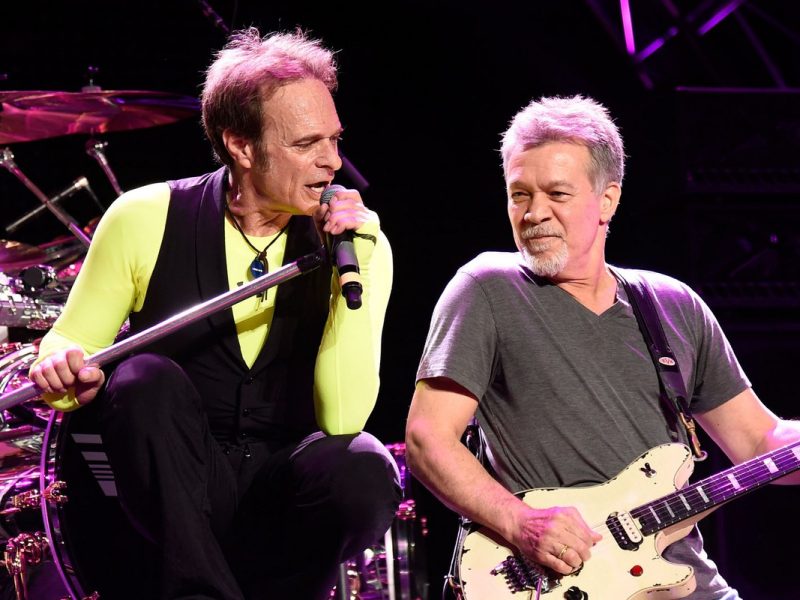David Bowie wasn’t asleep when he should have been one night in November 1972 as he traveled by train across the U.S. desert.
Having just played a handful of shows in Seattle, Bowie and his band were on their way to Phoenix for another pair of performances as part of his Ziggy Stardust tour. That’s when Bowie, wide awake, saw something unusual out the window.
“Apparently they only let the train through this particular stretch of desert late at night,” Bowie explained to Circus magazine the following year. “But if you don’t go to sleep when you are supposed to, you suddenly see the moon shining on 17 or 18 enormous silver domes. “I couldn’t find out from anyone what they were. But they gave me a vision of America, Britain and China after a nuclear catastrophe. The radiation has affected people’s minds and reproductive organs, and they don’t have a sex life. The only way they can learn to make love again is by watching video films of how it used to be done.”
This was the basis for “Drive-In Saturday,” a song about a post-apocalyptic world that Bowie soon debuted onstage during the tour. It featured references to various cultural figures, including Mick Jagger (“When people stared in Jagger’s eyes and scored“), psychiatrist Carl Jung (“Jung the foreman prayed at work“) and British supermodel Twiggy (“She’d sigh like Twig the Wonder Kid“). At his Nov. 17 performance in Dania Beach, Fla., Bowie introduced the song as taking place in the year 2033.
Listen to David Bowie Perform ‘Drive-In Saturday’ on Nov. 17, 1972
According to Bowie, “Drive-In Saturday” was offered to Mott the Hoople, who recently had great success with Bowie’s “All the Young Dudes.” “Well, they, in their wisdom, decided the time had come for them to write their own singles, so it was given back to me,” Bowie explained during a 1999 episode of VH1 Storytellers. “I was so annoyed that one night in Florida I shaved my eyebrows off. You think I’m joking. I actually am not joking! I got very drunk and shaved my eyebrows off, I was so annoyed that they didn’t do this song. It really taught them a lesson.” (Indeed, photos and videos of Bowie from this period show him without eyebrows.)
Mott the Hoople drummer Dale Griffin would later say Bowie rescinded his offer of the song. “He said that ‘Drive-In Saturday’ would be our next single, but then he changed his mind,” he recalled in The Complete David Bowie. “But it was great that we now had to come up with something from within the group.”
The band’s singer, Ian Hunter, also denied that Mott turned down the song. “The only thing I can think of is that [Bowie and Mott the Hoople manager] Tony Defries told David one story and us another,” Hunter noted in 2011’s David Bowie: Any Day Now: The London Years 1947-1974. In his 1974 book, Diary of a Rock ‘n’ Roll Star, Hunter documented Dec. 10 as the date when a meeting with Bowie took place in New York, during the same weekend Bowie recorded the song at RCA Studios.
“David looks surprisingly well,” Hunter wrote. “He’s got a Japanese bell tent top on with huge bell trousers and clogs. He’s really into Japanese clothes at the moment. He plays ‘Drive-In Saturday,’ a beautiful song which grows on you. It’s Dylan-ish and it’s got a hell of a chord run down. He says he’s putting it out as his next single.”
“This was a difficult song to mix,” producer Ken Scott noted in Bowie’s Five Years 1969-1973 box set. What wasn’t recorded at RCA that weekend was finished later at Trident Studios in London. “Several tracks had multiple things recorded on them which always complicates matters and there are lots of little elements, all needing their own space.”
Listen to David Bowie’s ‘Drive-In Saturday’
Released on April 6, 1973, “Drive-In Saturday” went to No. 3 in the U.K. Its parent album, Aladdin Sane, followed a few weeks later, and reached No. 1 in Bowie’s home country.
Twiggy couldn’t believe her ears at first. “I heard it on the radio and went, ‘Oh, my God, David Bowie just mentioned me in a song!'” she told the Toronto Sun in 2012. “I rushed out to buy it because I thought maybe I’d misheard it.” (She appeared with Bowie on the cover of his next album, Pin Ups.)
Even with its success in the U.K., “Drive-In Saturday” wasn’t selected as a single in the U.S., the country whose landscape had inspired its writing in the first place. But the song still found a key place on Aladdin Sane, an album Bowie described as his “interpretation of what America means to me.”
David Bowie Albums Ranked
David Bowie is not just rock’s greatest chameleon; he’s also one of music’s most imaginative conceptual artists.



